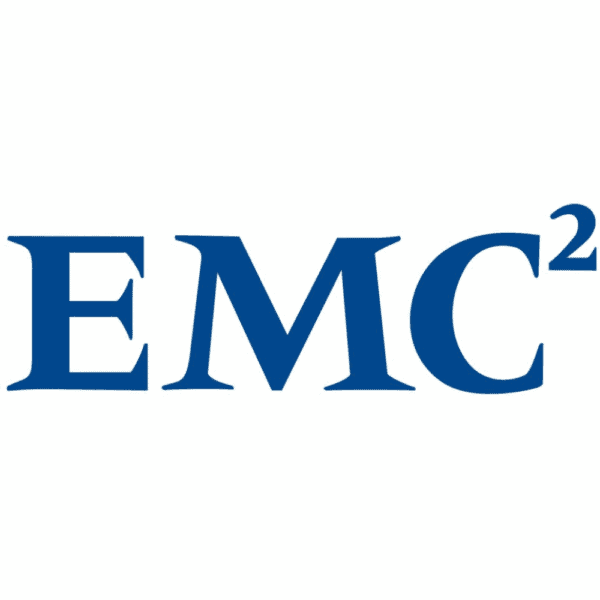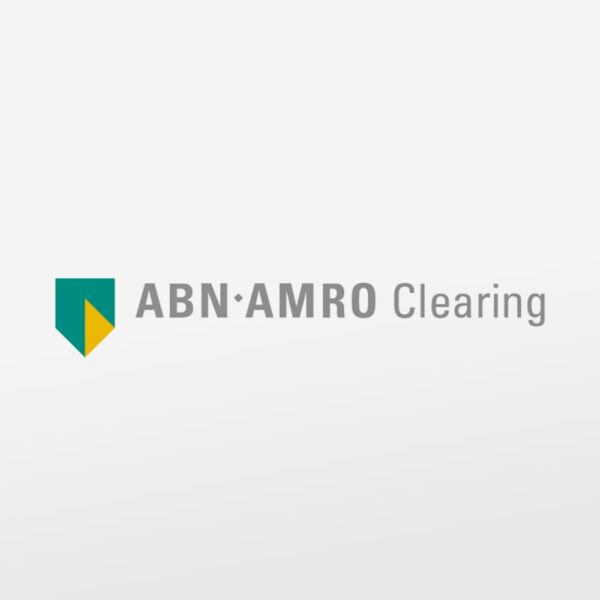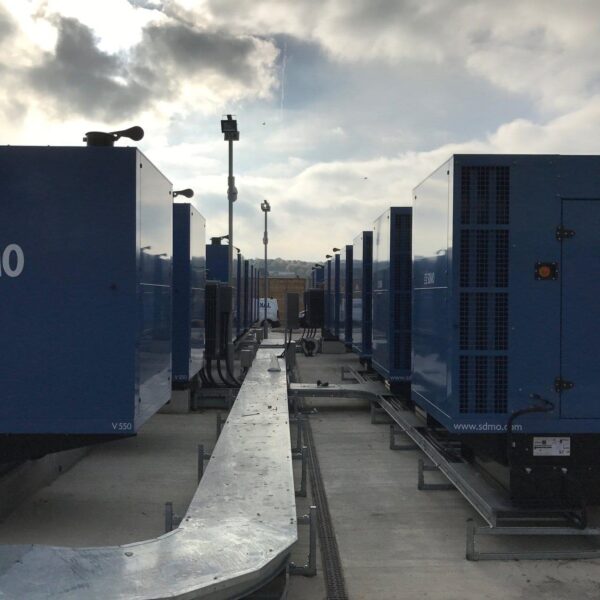Data centre operators naturally want the highest possible availability for their facility. However, achieving the best that’s technically possible will be beyond most organisations’ budgets – and in any case, won’t even be necessary. For example, an enterprise that depends on real-time sales of goods from their web store has a far more critical need for data centre availability than a bricks and mortar business without the same online dependency.
So how do data centre planners deploy equipment like UPS power solutions to achieve the level of availability that best balances their business resiliency needs and their budget? And how can they compare it to industry norms when each UPS system installation is unique?
Tier classification
The Uptime Institute’s Tier Classification System exists to answer these questions. It provides the data centre industry with a consistent method to compare typically unique, customised facilities based on expected data centre infrastructure performance, or uptime. Furthermore, Tiers enables companies to align their data centre infrastructure investment with business goals specific to growth and technology strategies.
The data centre tier power system defines the requirements and benefits of four distinct Tier classifications for data centre infrastructure. Each Tier aligns with a specific function in the business world and sets the appropriate criteria for power, cooling, maintenance, and capability to withstand a fault. Tiers are progressive; each Tier incorporates the requirements of all the lower Tiers.
Tier I and Tier II are tactical data centre solutions, usually driven by first-cost and time-to-market more than life-cycle cost and performance (uptime) requirements. Rigorous uptime requirements and long-term viability are usually the reason for selecting strategic data centre solutions found in Tier III and Tier IV site infrastructure.
The role of a data centre UPS system
Uninterruptible power supplies and how they’re deployed form part of every Tier level. Accordingly, KOHLER Uninterruptible Power’s (KUP’s) sales engineers take a consultative, fact-finding approach to help their customers find the most appropriate data centre UPS power solutions for their environment and business resiliency needs. They find that an informal conversation often helps in uncovering aspects that are not immediately obvious, yet important for the final design of the UPS installation. In one example, a small bank’s basement IT room turned out to be performing a highly critical role, as it supported a large nationwide network of branches.
This showed that a server room or data centre’s size and criticality are not necessarily related. In any case, the UPS engineers discuss the nature of the business, in terms of its criticality and a corresponding level of redundancy for the UPS power supplies and power delivery paths. The site load, in terms of its current size and expected future growth – typically for a five-year power protection plan – is also considered.
Load estimation can include onsite measurements as well as customer feedback on their experience, and appraisals of the installed equipment and its stated power requirement. The supply intake can be monitored for a two-week period to determine power quality and incidence of spikes, as well as load size (and power factor?). Meanwhile, a tour of the facility will reveal how the equipment and loads are distributed. It can also identify suitable locations for uninterruptible power supplies which allow enough space for installing a UPS system whilst considering the impact on nearby staff, ease of cooling and uninterruptible power supply maintenance access.
There will also be a detailed discussion on the length of UPS battery autonomy required. On a site that has generators, a few minutes to allow the generators to start up and synchronise may be sufficient. Elsewhere, an extended UPS autonomy may be necessary to keep the operation running. Some less-critical sites may simply use the autonomy to allow their ICT systems to shut down gracefully.
KOHLER Uninterruptible Power often reminds their customers of the importance of external bypass switches. This is highlighted by the experience of some data centre operations that own eight to twelve year-servers that they dare not switch off, as they may never reboot again.
A customer’s industry is also relevant. Healthcare estates and railways, for example, have industry-specific legislation applicable to their power infrastructures, while colocation data centre infrastructure must comply with specific insurance guidelines.
Conclusion
Choosing appropriate UPS power solutions is complex, as the choice must allow for the user’s business model and resiliency needs as well as their site conditions. Accordingly, an in-depth discussion with experienced suppliers of UPS systems like KUP will pay dividends. Their experience, which equips them to explore the relevant issues, is backed by the know-how and the products needed to implement an appropriate UPS solution – one that optimally balances budgetary compliance against reliability of power protection.
If you’re looking for UPS installers in Ireland who can provide expert advice on choosing a UPS system, call us today on +353 (0)1 4606859 or email [email protected].




